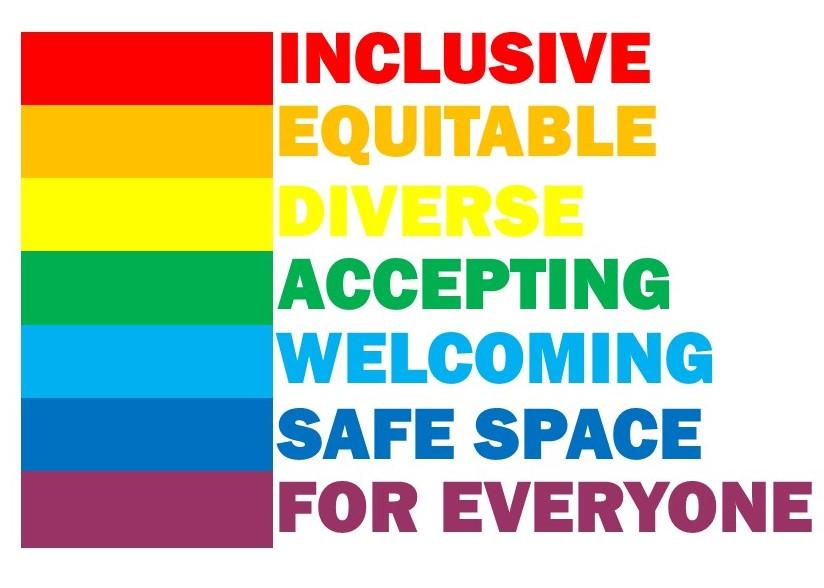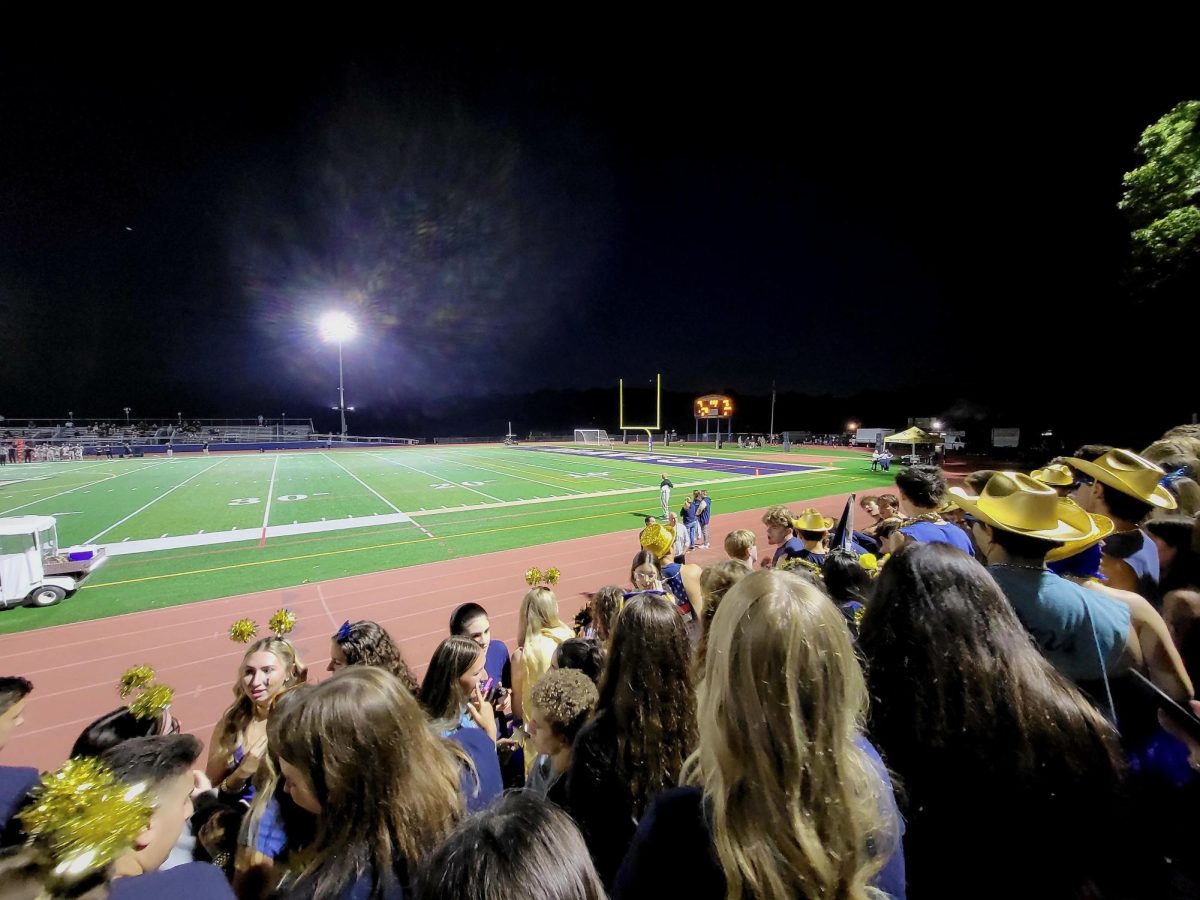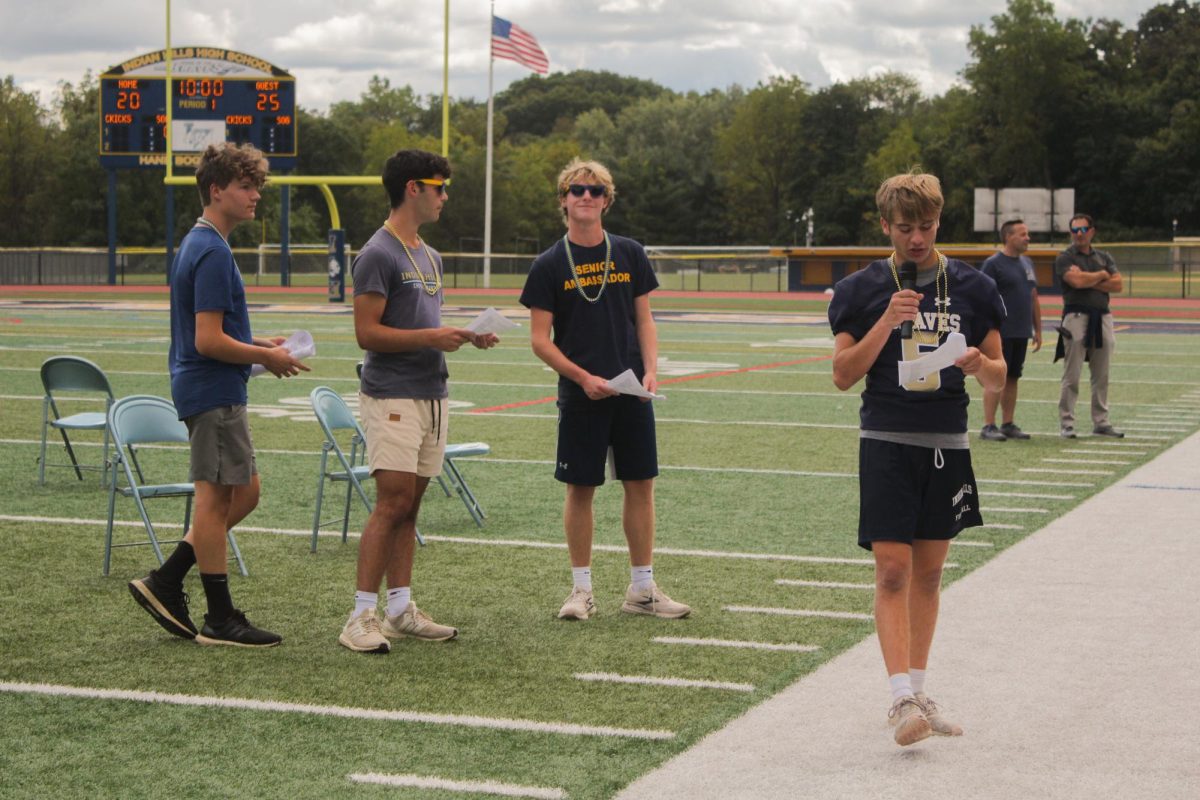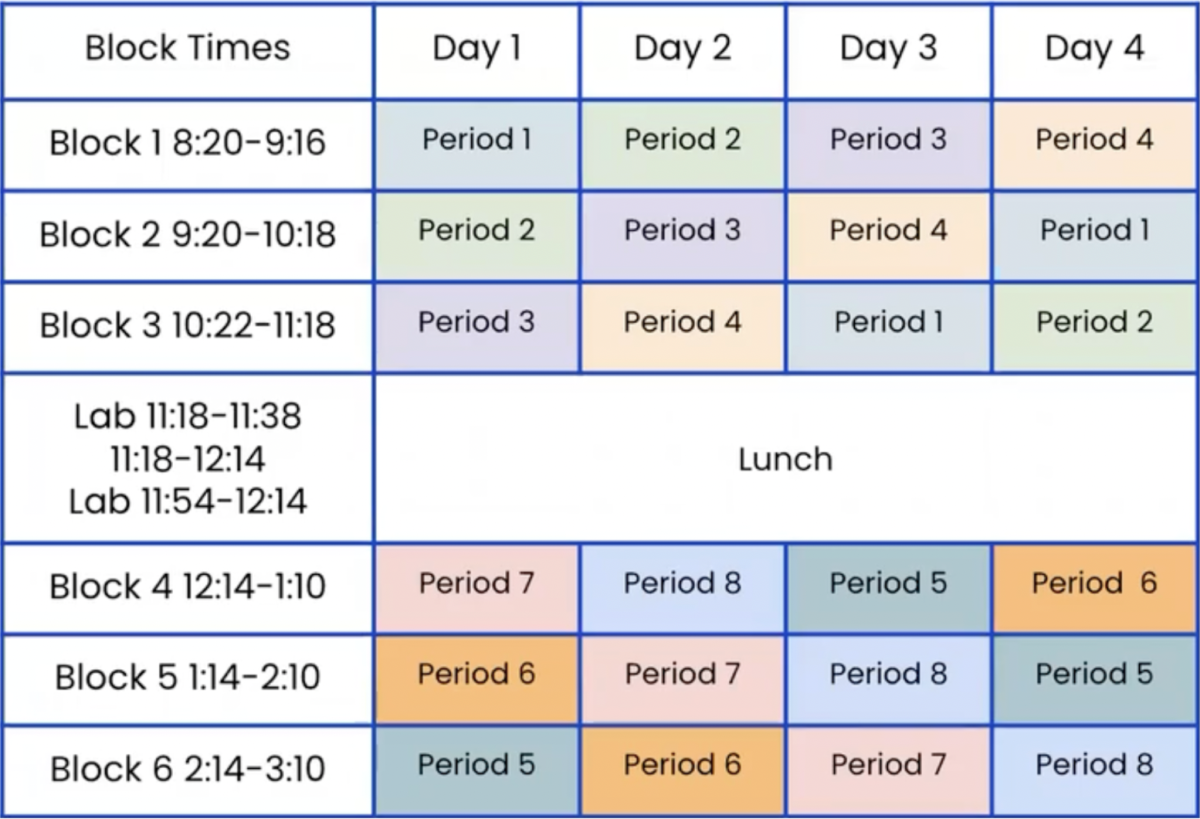‘23
Throughout the halls of Indian Hills High School, you will periodically find two doors next to each other – one labeled “girl” enforced with a sign of a stick figure in a dress, and the other labeled “boy” enforced with a sign of a stick figure in a shirt in pants. There is a single bathroom labeled “gender neutral”—one bathroom catering to the needs of the many students who don’t fit into the typical gender binary. School should not be a detachment from reality; if anything it should prepare us for it. LGBTQ+ people exist, and choosing to recognize that is important for student’s safety and well-being.
According to the CDC, About 1 in 4 High School Students identifies as LGBTQ+. More than 80 percent of LGBTQ+ students said they felt unsafe at school every day. Nearly 80 percent said they avoided after-school functions or extracurricular activities because they felt unsafe or uncomfortable, and more than 32 percent said they missed at least one full day of school over concerns for their safety. As stated in a report from the GLSEN done in 2021, more than 75 percent said they had experienced in-person verbal harassment related to their sexual orientation or gender identity while at school. In more than a dozen states across the country, actions are being taken to silence the voices of the LGBTQ+ community — isolating them even more.
Senior Alexandra Mazur, who’s heavily involved in the Gay Straight Alliance (GSA) here at Hills, explains, “There have been some instances where people were concerned over bullying, and we’re trying to rectify that. I think the best ways to promote inclusivity is two-fold – the GSA’s presence and the projects we do can help raise general awareness, but it’s also crucial that the population of Indian Hills take an active role in encouraging greater acceptance.” Acceptance can come in all forms – and Alexandra suggests, “It doesn’t always have to be a big gesture, it’s oftentimes the smaller gestures that count more”. It does not take a lot to make school a safer space for LGBTQ+ students, we just have to be willing to take the steps to get there.
The GLSEN suggests that schools should: set and reinforce a vision and mission statement that is welcoming and inclusive of LGBTQ+ students. Assess, strengthen, and monitor school climate on a regular and ongoing basis (harassment is too often ignored). Adopt and implement clear, consistent, and comprehensive non-discrimination policies. Ensure that district and school policies are designed and implemented to support transgender and gender-nonconforming students (one gender-neutral bathroom is simply not enough). All of these are quite simple steps, but make all the difference to the LGBTQ+ students who have to show up to school every day.
For students to reach their full educational potential, learning environments need to feel positive and safe. High school is where students begin to set themselves up for the future, not where they are consumed with worry about their safety. Research shows that an affirming school climate leads to improved behavioral, academic, and mental health outcomes for all students – schools promoting LGBTQ-inclusive learning environments have fewer student absences and greater improvements in academic achievement across grade levels.
Ultimately, all it takes is a little effort in order to make school a safe space for all. Taking just a couple of steps to make LGBTQ+ students feel more seen and included is crucial in seeing every student succeed.






